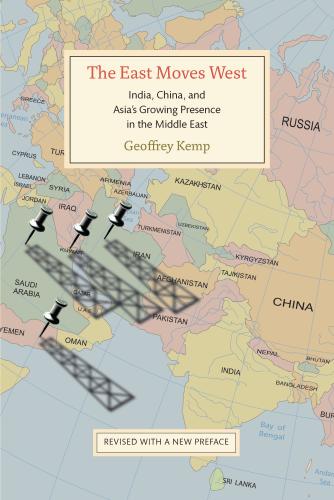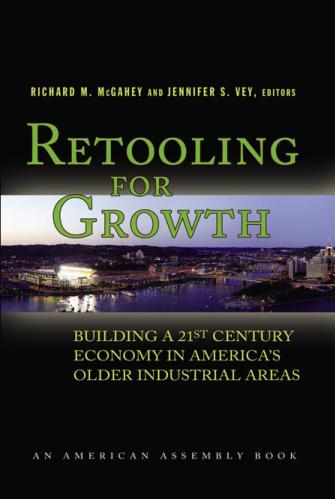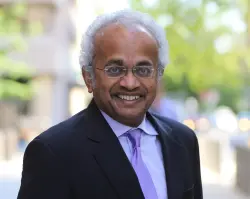This blog post is the third of a four-part series about the year ahead in economic development, including topics on improving capitalism, the future of mobility, and the end of aid.
“Cinema,” Martin Scorsese said, “is a matter of what’s in the frame and what’s out.” The same can be said about growth forecasts for 2018. What’s in the current frame is a set of optimistic projections for economic growth around the world. Ten years after the global financial crisis, every economic region—from the U.S. to Europe to Asia, Africa, and Latin America—is seeing an uptick in growth. One reason for the optimism is that economic growth was surprisingly better than anticipated in 2017. Almost every growth forecast at the beginning of the year was revised upward by the end of the year. Global growth, projected by the World Bank to be 2.7 percent in January 2017, was estimated at 3 percent in December, with expectation to be at 3.1 percent in 2018. Furthermore, stock markets are booming. And the factors that caused growth to be subdued in the past—a slowdown in investment and trade and low commodity prices—are rebounding. Consequently, developing country growth is forecasted at a robust 4.5 percent in 2018, accelerating to 4.7 percent in the subsequent two years. This growth is not just driven by China, although the country’s economy is projected to grow at a robust 6.4 percent in 2018. Low-income countries’ growth will rise to 5.4 percent in 2018, accelerating to 5.6 percent in 2019-2020, as metal and mineral prices strengthen.
At the same time, the World Bank’s Global Economic Prospects estimates that potential growth—the pace at which the economy could grow if all factors were fully employed—is likely to slowdown in the future. Why? It’s important to understand that potential growth is never directly observed: It is outside the frame. Therefore, the World Bank uses several observations to make this prediction: First, the slowdown in investment over the past five years means that these economies’ capital stock has not been growing as fast. Second, in every region except Africa, the percent of people participating in the labor force is shrinking. Third, total factor productivity (TFP)—a measure of the output generated over and above that attributed to labor and capital—has been slowing, initially in developed countries, and more recently in developing countries. If these estimates are correct, the slowing of potential growth can constrain how high and how long the current upsurge in growth can go.
Put another way, potential growth is a measure of the economy’s capacity. Since the global financial crisis, the global economy has been operating below capacity. The “global output gap” has been particularly sharp for advanced economies, which were at the center of the global financial crisis. Developing countries have closed the output gap more recently, although commodity exporters are still facing a significant shortfall. The combination of limited growth in the economy’s capacity and acceleration of actual growth means that the output gap is about to close very quickly.
The slowdown in potential growth, rather than being a counter to the optimistic growth forecasts, can be a motivation for policy reform, especially those reforms that could enhance the economy’s productive capacity. For starters, structural policies that increase private investment and public infrastructure, which are useful in any circumstance, are particularly salient now. Countries can offset the shrinking labor force by improving their human capital. Moreover, the slowdown in TFP growth could be partially reversed by accelerating international trade, a major source of innovation and productivity growth in developing countries.
These reforms will not be easy. Many countries are fiscally constrained. Some face political resistance to opening up to greater trade. Additionally, enhancing human capital—learning as opposed to increasing enrollment in education or training—has proven to be difficult. Yet, the possibility of accelerated growth over the coming year or two means that this may be the best time to introduce these reforms, before it is too late and growth starts slowing because of capacity constraints. Like cinema directors, policymakers need to be looking at what’s in the frame, as well as what’s out.
The Brookings Institution is committed to quality, independence, and impact.
We are supported by a diverse array of funders. In line with our values and policies, each Brookings publication represents the sole views of its author(s).









Commentary
Forecasting global economic growth in 2018
January 18, 2018